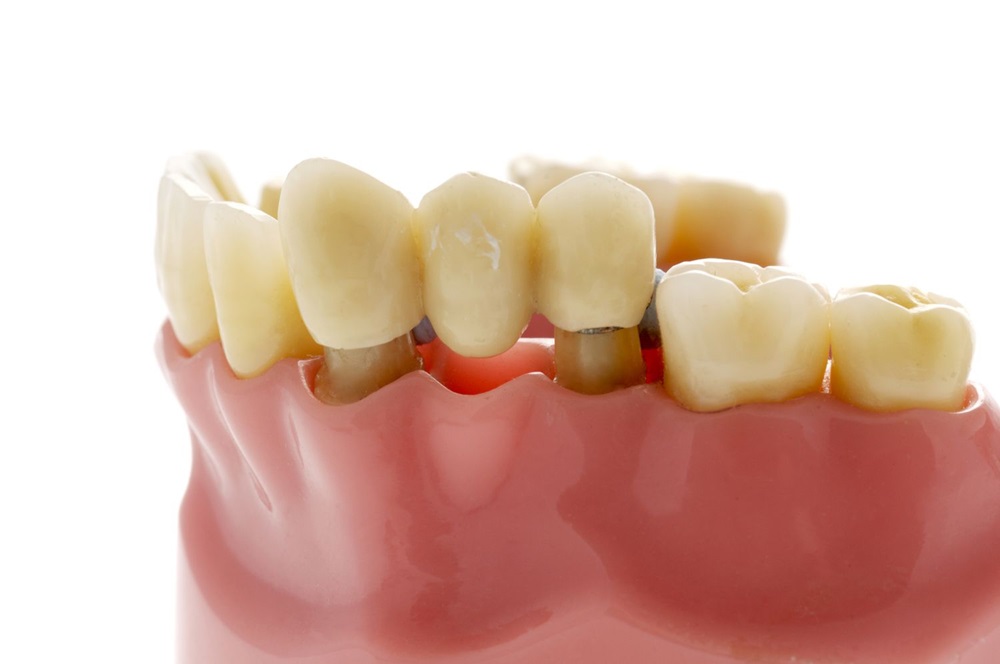Are you or someone you know missing a tooth or teeth? Don’t worry; you’re not alone! Many people need dental bridges to help fill in those gaps and get their smiles back. But with the different types of dental bridges out there, which one is the best for you? Let’s dive in and find out.
First off, what’s a dental bridge? Well, think of it like a bridge you see over a river. It connects two sides together. In this case, it’s connecting your natural teeth or dental implants to replace missing teeth. Cool, right? Now, onto the types of dental bridges near you:
1. Traditional Bridges
These are the most common types. A tooth bridge has crowns on either side of the missing tooth, with a false tooth in the middle. They are sturdy and can last a long time, but your dentist needs to file down the adjacent teeth to put them in place.
2. Cantilever Bridges
These are similar to traditional bridges, but they only have support on one side. So if you only have one adjacent tooth next to the gap, this might be the bridge for you. But because they’re not supported on both sides, they might not be as strong.
3. Maryland Bridges (Resin-Bonded Bridges)
These are different because they use a metal or porcelain framework bonded to the back of adjacent teeth. They’re less invasive because they don’t require filing down adjacent teeth like traditional bridges. But they might not be as strong and durable.
4. Implant-Supported Bridges
An implant bridge is the strongest and most stable option. Dental implants, rather than adjacent teeth, support them. Dental implants are like artificial tooth roots surgically placed into your jawbone. Once they’re in place, the bridge is attached to them. It’s like having a brand new tooth.
Now that we know the types, let’s talk about which one might be the best for you:
- If you’re looking for something sturdy and long-lasting, a traditional bridge might be the way to go. Just remember, you’ll need to say goodbye to some enamel on the adjacent teeth to make room for it.
- If you only have one adjacent tooth next to the gap, a cantilever bridge could work for you. Keep in mind that it might not be as strong as a traditional bridge.
- If you want something less invasive and don’t want to file down adjacent teeth, a Maryland bridge might be a good choice. But remember, they might not be as strong and durable.
- If you want the strongest and most stable option, definitely consider an implant-supported bridge. They might take a bit longer and cost more because of the dental implants, but they’re worth it in the long run.
Endnotes
Remember, it’s essential to talk to your dentist in SW Calgary about which option is best for you. They’ll consider things like your oral health, budget, and personal preferences to help you make the right choice. Now you know all about dental bridges and which one might be the best for you.
Say goodbye to those gaps in your smile and hello to a brand new bridge. Trinity Hills Dental can help you choose the perfect dental bridge. With our expertise, we will guide you to the ideal type based on your needs, ensuring a confident smile and optimal oral health.

